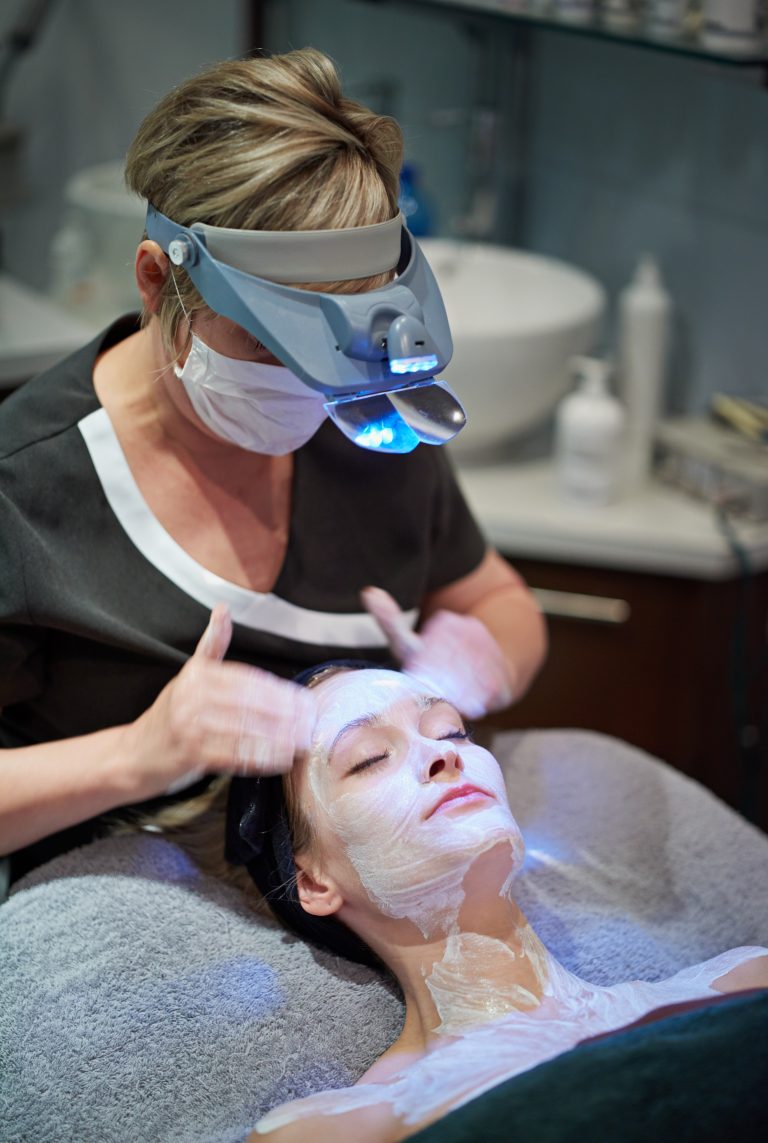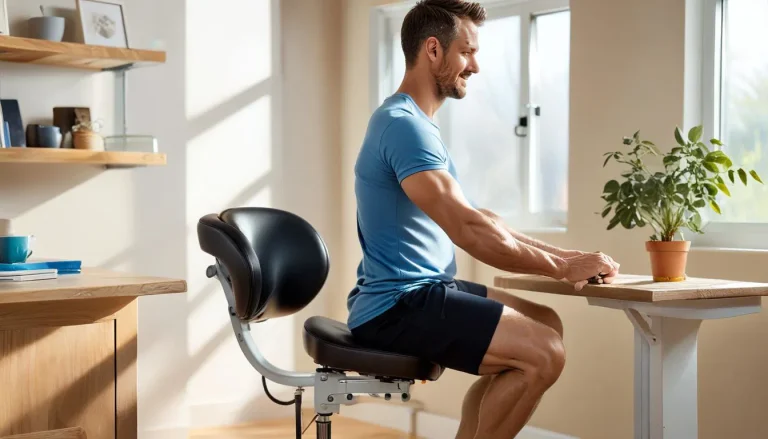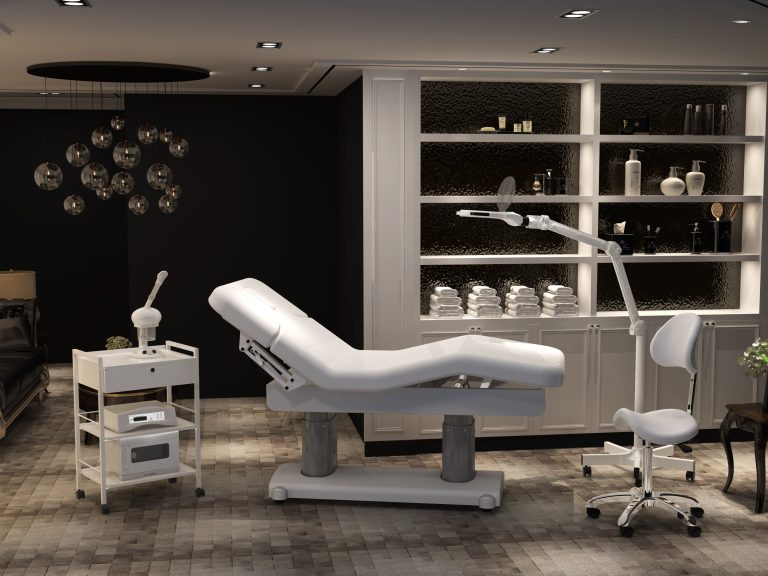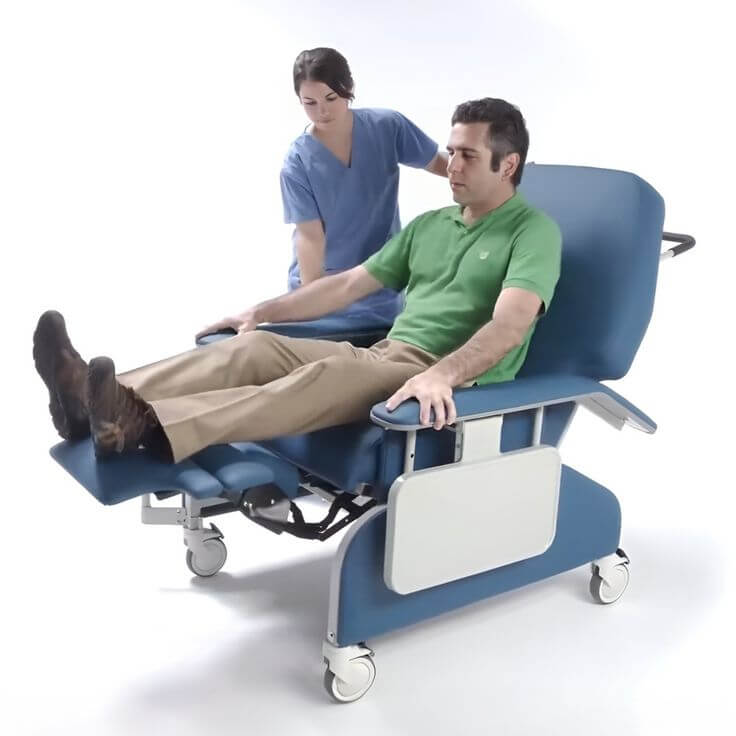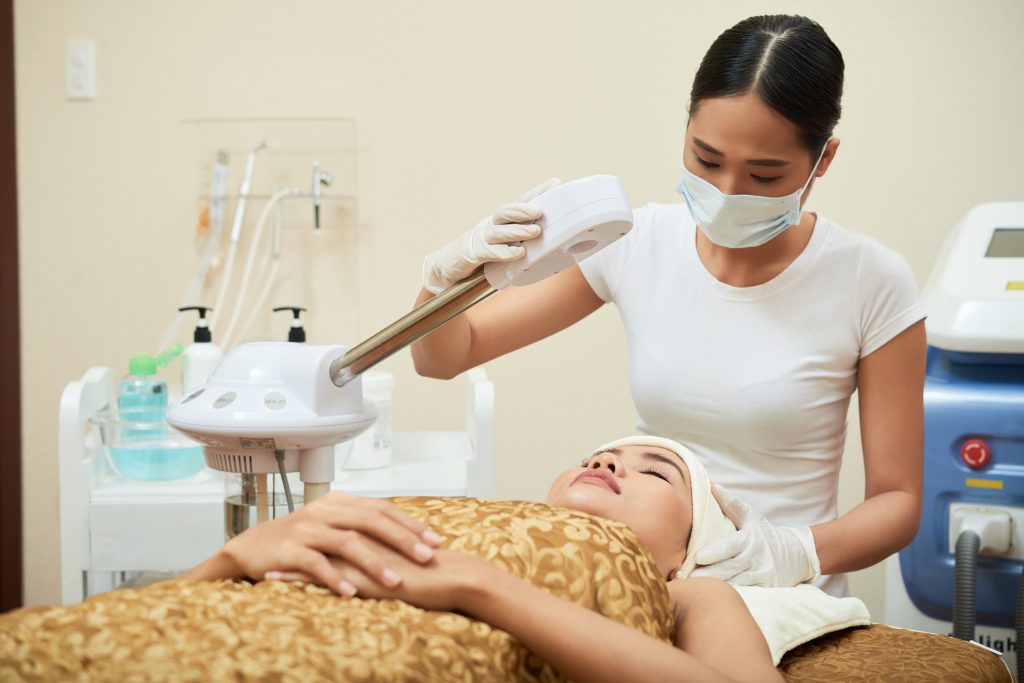
Why Choosing the Right Dermatology Chairs Matters
In any modern dermatology clinic, comfort and efficiency are top priorities. The right dermatology chairs can enhance the patient experience and streamline your procedures. These chairs are more than just furniture; they’re essential pieces of equipment that affect how smoothly your treatments run and how comfortable your patients feel.
From routine skin checks to advanced cosmetic procedures, the features of your treatment chairs can make a significant difference. In this guide, we’ll cover the key features to look for in dermatology chairs and how they can transform your treatment rooms into efficient, patient-friendly spaces.
Key Features to Look for in Dermatology Chairs
When outfitting your clinic or spa, the right dermatology chairs can improve workflow and patient satisfaction. Here are the essential features to consider:
1. Adjustable Height and Positioning
One of the most critical features of any dermatology chair is its adjustability. Being able to modify the chair’s height, backrest, and leg rest ensures you can perform a wide range of procedures comfortably.
- Why It Matters: Height adjustments help practitioners maintain ergonomic posture, reducing physical strain during procedures.
- Best Use Cases: Skin checks, biopsies, laser treatments, and facial procedures.
2. Comfortable and Durable Upholstery
Patient comfort is essential, especially for longer procedures. High-quality upholstery, such as medical-grade vinyl, offers durability and is easy to clean.
- Why It Matters: Comfortable patients are more relaxed, making procedures smoother. Easy-to-clean surfaces also support hygiene standards.
- Best Use Cases: Cosmetic treatments, mole removals, or any procedure requiring extended patient positioning.
3. Multi-Function Controls
Modern dermatology chairs often come with electric or hydraulic controls that allow seamless adjustments. Features like programmable settings can save time between patients.
- Why It Matters: Quick and precise adjustments improve efficiency and let you focus on patient care.
- Best Use Cases: Busy dermatology clinics with back-to-back appointments.
4. Swivel and Rotation Features
Swivel and rotation capabilities allow you to easily reposition the chair without having the patient move. This feature helps with procedures requiring different angles or access points.
- Why It Matters: Minimizes disruption to the patient and reduces the need for practitioners to overreach.
- Best Use Cases: Treatments involving multiple areas, like facial contouring or skin tag removal.
5. Weight Capacity and Stability
Ensure the chair can comfortably accommodate patients of all sizes. A stable base and high weight capacity ensure safety during procedures.
- Why It Matters: Safety and stability are non-negotiable for both patients and practitioners.
- Best Use Cases: General dermatology and aesthetic clinics catering to a diverse patient population.
How the Right Dermatology Chairs Improve Treatment Rooms
Investing in high-quality dermatology chairs doesn’t just benefit patients — it also enhances the workflow of your entire clinic. Here’s how these chairs can optimize your treatment rooms:
1. Enhancing Patient Experience
Comfortable and adjustable chairs help patients feel more at ease during treatments. When patients feel secure and relaxed, procedures often go more smoothly.
2. Increasing Practitioner Efficiency
The ability to quickly adjust chairs and reposition patients means less time spent on setup and more time focusing on treatments. Ergonomically designed chairs also help prevent strain and fatigue for practitioners.
3. Supporting a Range of Procedures
Versatile chairs allow clinics to offer a broader range of services, from medical dermatology to cosmetic treatments. This flexibility can help grow your practice and meet patient needs more effectively.
4. Maintaining Hygiene Standards
Medical-grade materials and easy-to-clean surfaces support infection control protocols, a crucial factor in any healthcare setting.
Top Considerations for Different Specialties
Dermatology chairs are not one-size-fits-all. Depending on your specialty, your needs may vary:
- For Medical Dermatologists: Focus on chairs with easy height adjustments and sturdy builds for routine checks and minor procedures.
- For Cosmetic Dermatologists: Prioritize chairs with fine-tuned positioning, comfort, and aesthetic appeal.
- For Aesthetic Clinics and Spas: Look for luxurious upholstery and multiple positioning options to enhance client comfort and satisfaction.
- For Multi-Specialty Clinics: Choose versatile chairs that can adapt to different treatments and specialties.
To wrap it up
Investing in the right dermatology chairs can significantly improve the comfort and efficiency of your treatment rooms. From adjustable features to durable materials, these chairs support both patient satisfaction and practitioner well-being. Whether you run a medical clinic, a specialty practice, or an aesthetic spa, choosing the right chair can elevate the quality of care you provide.

